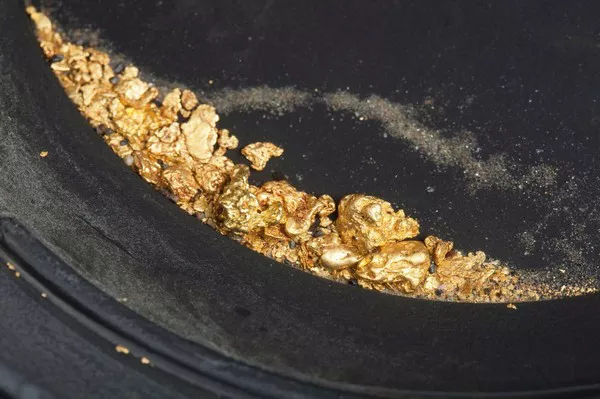In the realm of culinary extravagance, few ingredients capture the imagination quite like edible gold leaf. Adorning dishes with its shimmering elegance, this luxurious delicacy has been revered for centuries, symbolizing wealth, sophistication, and culinary artistry. In this article, we delve into the world of edible gold leaf, exploring its origins, production process, culinary applications, and the fascinating reasons behind its hefty price tag.
Origins and Production Process:
Gold leaf itself has a long and storied history, dating back to ancient civilizations such as the Egyptians, Romans, and Chinese. However, it was in 17th-century Florence, Italy, that the tradition of creating edible gold leaf emerged. This intricate process begins with the careful hammering of 24-karat gold into impossibly thin sheets, measuring about 0.1 microns in thickness, which is thinner than a human hair.
To ensure its safety for consumption, the gold used in edible gold leaf undergoes a rigorous refining process. It is typically alloyed with small amounts of other metals such as silver or copper, making it malleable and resilient enough to withstand the delicate handling required during application. Additionally, gold used for edible purposes must adhere to strict food-grade standards to ensure its purity and safety.
Culinary Applications:
Edible gold leaf is commonly used to add a touch of opulence to a wide range of culinary creations. From desserts and chocolates to cocktails and savory dishes, it serves as a stunning garnish, instantly elevating the visual appeal of any dish. Its taste is subtle, imparting no distinct flavor to the food it adorns. Instead, it offers a captivating textural contrast and an unparalleled sense of luxury.
Desserts, in particular, have been a playground for edible gold leaf. It can be used to decorate cakes, cupcakes, pastries, and even ice creams, creating a visual spectacle that is sure to leave a lasting impression. Chefs and confectioners skillfully apply the gold leaf to create intricate patterns, delicately gilding the final masterpiece.
Beyond the realm of sweets, edible gold leaf has also found its way into savory dishes. From foie gras and sushi to truffles and risottos, this shimmering delicacy has become synonymous with high-end dining experiences. Its presence adds an element of indulgence to the dish, appealing not only to the taste buds but also to the sense of grandeur and celebration.
The Price Tag:
Undoubtedly, the luxurious allure of edible gold leaf comes with a significant price tag. The cost of edible gold leaf can vary depending on factors such as quality, quantity, and market conditions. Generally, it is sold in small packs containing a few sheets, and prices can range from tens to hundreds of dollars per pack.
Several factors contribute to the high price of edible gold leaf. Firstly, the production process is labor-intensive, requiring skilled artisans to meticulously handcraft each delicate sheet. Secondly, the cost of gold itself, being a precious metal, fluctuates in accordance with global market trends. Lastly, the exclusivity and rarity associated with edible gold leaf contribute to its luxurious appeal, further increasing its value.
Beyond Culinary Delights:
Edible gold leaf is not limited to the culinary world; it has also found its place in other domains of luxury and art. It is used to adorn fine wines, champagne bottles, and even high-end cosmetics, creating a sense of elegance and refinement. Gold leaf has been utilized in various cultural and religious practices as well, adding an ethereal touch to sacred objects, statues, and murals.
Conclusion:
Edible gold leaf stands as a symbol of grandeur and extravagance, enriching both culinary creations and visual experiences. Its shimmering allure and delicate craftsmanship add a touch of luxury to any dish or object it graces. While the price of edible gold leaf may be steep, the experience of indulging in its dazzling presence remains an unparalleled pleasure for those seeking the extraordinary in their culinary adventures.


